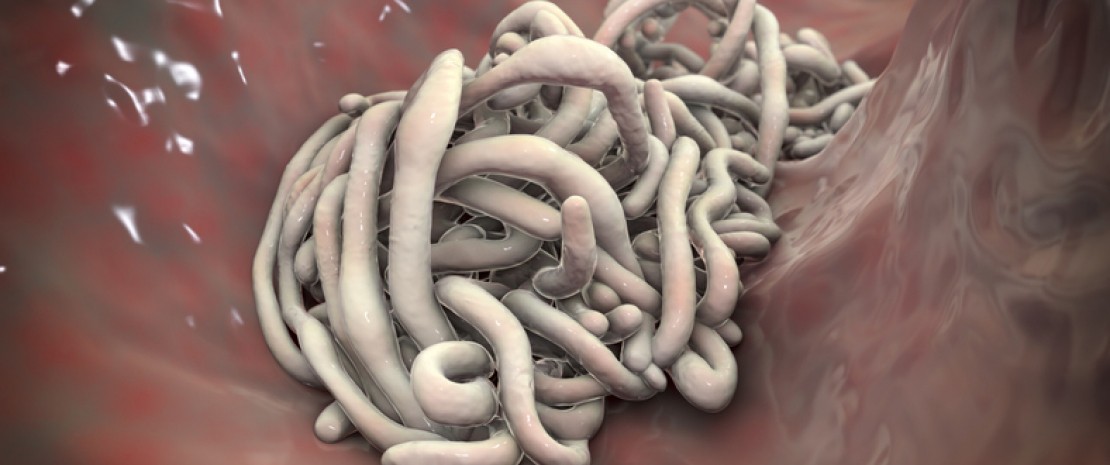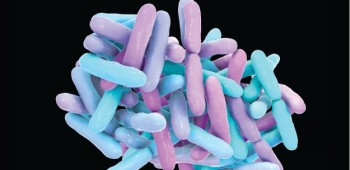The role of parasites in the intestinal ecosystem
A study carried out on Cameroonians, living pastoralist, agropastoralist, or hunter-gatherer lifestyles, revealed unknown relations between subsistence strategy, presence of parasites and gut microbiota. There seems to be a greater microbiota diversity in the presence of helminths.
Sources
This article is based on scientific information

About this article
Nearly a quarter of the world’s population could be affected by intestinal parasites. However, parasites–as well as their interactions with the microbiota–are among the least known microorganisms colonizing the intestinal ecosystem. This is why a team tried to assess the links between presence of parasites and composition of the gut microbiota, its metagenome, and the host’s immune response, by studying 575 Cameroonian adults. The composition of the microbiota was analyzed through 16 S rRNA sequencing and amplification, as well as shotgun metagenomics.
Microbiota, an indicator of parasitism
Besides subsistence strategy (pastoralist, agropastoralist, or hunter-gatherer lifestyles), the presence of parasites–especially strong in hunter-gatherers–was the factor most strongly associated with microbiota composition. A larger number of gut parasites, and especially the (co-)presence of four soil-transmitted helminths–Ascaris lumbricoides, Necator americanus, Trichuris trichiura, and Strongyloides stercoralis (called “ANTS” parasites)–was correlated to an increased alpha diversity. The composition of the microbiota could predict the presence of helminths in the gut with an accuracy reaching about 80%, and up to 84% for ANTS parasites. Gut colonization with ANTS is associated with higher levels of circulating cytokines (including some proinflammatory), indicating that ANTS could modulate immune mechanisms. The microbiota could be involved in this process: its composition could predict circulating levels of interleukin 5, largely involved in the immune response to helminth infection.
Functional interactions between parasites and microbiota
To explore potential metabolic interactions between microbiota and parasites, the researchers have established a connection between the presence of parasites and different functions in the bacterial metagenome. In ANTS-positive individuals, they observed a larger presence of bacterial genes involved in the metabolism of purine and pyrimidine, two nitrogenous molecules used in the composition of DNA nucleotides that some parasites are not able to synthetize and are forced to extract from their surroundings. The size of the cohort also made it possible to analyze the links between subsistence strategy and gut microbiota. For instance, in the microbiota of some pastoralist ethnic groups, they observed an increased amount of several species that are able to metabolize galactose and dairy lipids, which are different from bifidobacteria found in Europeans. According to the researchers, deepening the knowledge on the interactions between host, parasites, and microbiota, could help develop microbiota-targeting strategies to treat or prevent helminthiasis.












